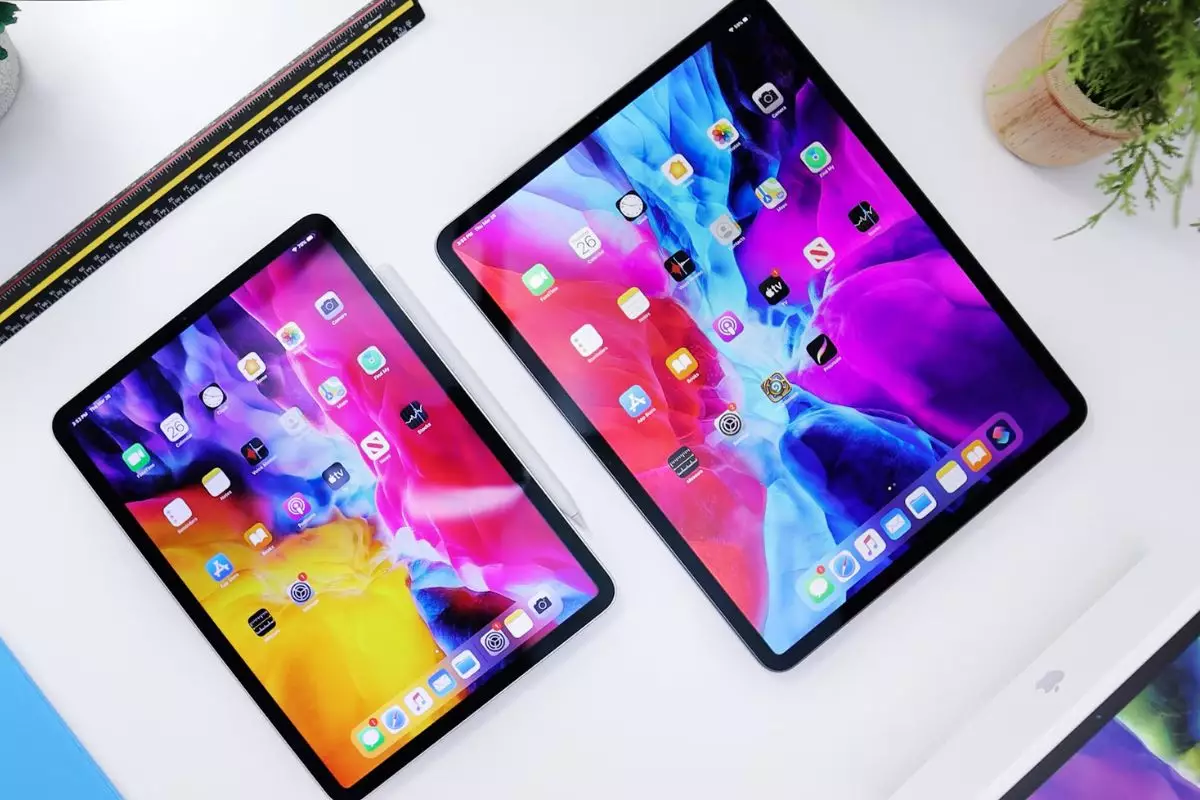In the ever-evolving tech landscape, Apple has emerged as a titan known for its commitment to innovation. However, the persistence of critiques surrounding the limitations of its software has paved the way for a bold undertaking likely to reshape perceptions of the iPad. Recent reports indicate that Apple is primed to launch iPadOS 19, an ambitious overhaul that aspires to align the operating system more closely with macOS. This anticipated shake-up stands to both excite and challenge users who have long awaited a more robust tablet experience, free from the fetters of iOS.
Hardware Meets Ambition
With the latest iPad iterations featuring the powerful M4 chipset, the disparity between hardware potential and software capability has never been more pronounced. Apple’s initial approach to iPadOS treated the iPad as a mere extension of iOS, resulting in a disjunction that frustrated productivity-focused users. Now, according to Bloomberg’s Mark Gurman, the forthcoming changes signal a significant pivot towards enhancing the iPad’s multitasking capacities and overall productivity features. Gone are the days of simplistic app interactions that fail to leverage the tablet’s exceptional hardware—Apple seems ready to elevate the iPad into a device that truly complements professional workflows.
Fulfilling User Demands
Consumer feedback has been clear: users crave an operating system tailored to maximize the potential of their devices. Programming limitations and outdated multitasking frameworks have overshadowed the iPad’s capabilities. By revamping iPadOS, Apple is poised to address these concerns directly, fostering an ecosystem of productivity that empowers users. The report hints at improved window management and a shift towards more intuitive app interactions, which could drastically alter how tasks are completed. The timing of this upgrade coincides perfectly with WWDC 2025, allowing Apple to showcase this leap in innovation on a grand stage.
Visual Cohesion or Conformity?
While many welcome the notion of unification across Apple’s operating systems, one must ponder whether this drive for visual cohesion is genuine evolution or a step toward homogenization. Gurman’s earlier predictions about upcoming OS versions focusing on aesthetic consistency across devices like the iPhone, iPad, and Mac raised eyebrows. The potential introduction of design elements akin to visionOS further complicates this premise. Would this harmonization dilute the distinct experiences offered by each platform? Or will it create a more seamless user engagement across devices? Apple’s vision here will be pivotal in defining the future of not just the iPad, but the broader Apple ecosystem.
Anticipating User Engagement
With the prospect of revamped application interfaces and streamlined interactions, users can expect an exciting journey ahead. The rumored introduction of glass-like UI effects points to a sensory experience that could invigorate the way users interact with their devices. However, the success of iPadOS 19 hinges not only on aesthetic improvements but also on a genuine commitment to maximizing functionality and user experience. The balance between visual allure and practical usability will ultimately dictate how consumers receive this iteration.
As Apple gears itself for the impending release, the spotlight turns firmly on its ability to respond to the glaring software inadequacies of the past. If iPadOS 19 successfully bridges the gap between hardware potential and user demands, it could redefine not just how we view tablets, but reshape how we perceive the role of mobile computing in an increasingly digital world.

Leave a Reply